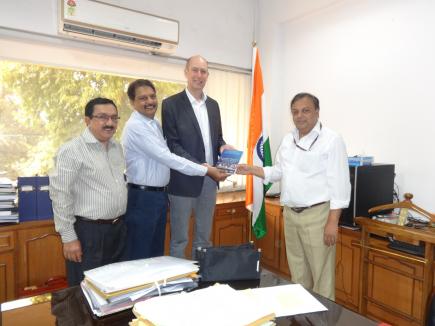This is the most comprehensive study of the WASH sector in India and elsewhere that utilises the life-cycle cost approach, along with GIS, econometric modelling and qualitative research methods. The analysis provides valuable insights for planners, policy makers and bi-lateral donors.
Published on: 16/06/2014
Based on the work of the WASHCost project run by IRC, this book provides an evaluation of the water, sanitation and hygiene (WASH) sectors in the context of developing countries and is the first systematic study of applying the life-cycle cost approach to assessing allocations. It presents unit cost estimates of the WASH sector across geographic locations and technologies, including rural and peri-urban areas, and these are compared with service levels. It analyses detailed data from more than 5000 households across nine agro-climatic zones in Andhra Pradesh State in India. Key issues assessed include poverty analysis of service levels, cost drivers and factors at the village and household level, and governance aspects such as transparency, accountability and value for money in relation to unit costs and service levels.The authors show how the WASHCost methodology can also be applied in other developing country contexts.

WASHCost (India) was part of a multi-country action research project covering Burkina Faso; Ghana; India and Mozambique. The project (2008-2012) was funded by the Bill & Melinda Gates Foundation and coordinated by IRC, The Netherlands. WASHCost India project was led by the Centre for Economic and Social Studies (CESS), Hyderabad in partnership with Livelihoods and Natural Resource Management Institute (LNRMI) and Watershed Support Services and Activities Network (WASSAN), Hyderabad. Apart from the contributors of the various papers in this volume, a number of sector professionals from India as well as partner countries have contributed to the various stages of the research.
A copy of the book has been handed over to Mr Pankaj Jain IAS, Secretary, Ministry of Drinking Water and Sanitation by Mr Patrick Moriarty, CEO IRC on 24 March 2014 at New Delhi, India.